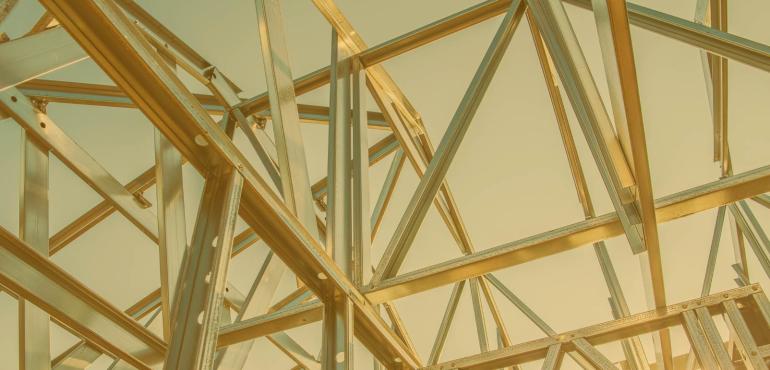The safety warning comes ahead of National Asbestos Awareness Week, which runs from November 20-26.
QBCC Commissioner, Anissa Levy, says many homes built before 1990 may contain the potentially deadly product, so it is important that property owners are not complacent when undertaking DIY home projects.
“Asbestos products in good condition do not affect your heath, but if they have been disturbed or damaged, they can be harmful,’’ Commissioner Levy says.
“The risk occurs when the asbestos fibre particles become airborne and are inhaled into the lungs. If these particles remain lodged in the lungs, it can lead to an asbestos-related disease, which can be fatal.
“We want people to always be safe in their homes, so if you are undertaking renovations these holidays and are unsure if a product contains asbestos, the safest thing to do is have it checked by a licensed asbestos assessor.
“If asbestos is discovered, we urge you to use an appropriately licensed asbestos remover to safely dispose of the product.”
Homeowners can remove up to 10 square metres or less of non-friable materials containing asbestos but must follow strict safe work procedures and safety precautions.
Commissioner Levy says the QBCC has an Asbestos Finder which is an easy-to-use interactive online tool to help homeowners identify where the dangerous product may be found in or around their homes.
“Many homeowners think that asbestos sheeting is located in walls and floors, but it can be found in multiple building materials, including gutters, gables, flooring underlay, fences, sheds and splashbacks,” she says.
“Asbestos was banned in building products in 1990, but some houses built in the 1990s or early 2000s still used asbestos-containing products until a total ban came into effect in 2003, so we encourage homeowners to check their homes before carrying out any DIY works.”
The QBCC is part of a working group with State and federal authorities, including Workplace Health and Safety Queensland, the Asbestos Safety and Eradication Agency and the Asbestos Disease Support Society, to improve owner and builder knowledge.
In November 2017, Queensland introduced nation-leading non-conforming building product (NCBP) laws. They allow the QBCC to thoroughly investigate potential NCBPs.
In addition, under these laws, everyone in the building product supply chain is responsible for ensuring the products used on Queensland buildings are:
- safe, and
- compliant with the relevant regulatory requirements (e.g. the National Construction Code or the Australian Standards), and
- perform to the standard they are represented to perform to.
Whilst asbestos products were totally banned in 2003, if any homeowner suspects they have had asbestos products installed in their home on or after 1 November 2017, they are urged to contact the QBCC.
Background
Guidance on removing 10 square metres or less of non-friable asbestos materials is available from Asbestos: a guide for minor renovations. However, the safest way is to engage a licenced asbestos removalist to undertake the work.
For a list of licensed asbestos removers visit Worksafe Queensland.
More information regarding asbestos can be found on the Queensland Government Asbestos website.
Support for people affected by asbestos is accessible via the Asbestos Disease Support Society (1800 776 412).
Fast fact:
- Asbestos is a mineral that was widely used in the building industry between the 1940s and 1980s because it was good at insulating and resisting heat.
